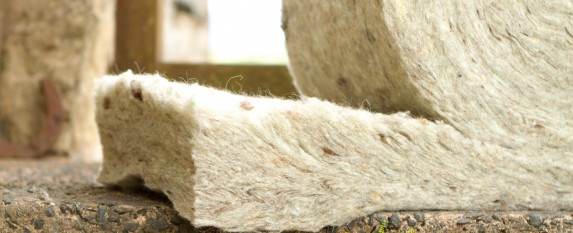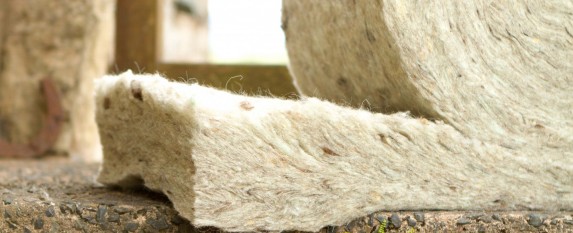 Many of the houses in the UK are hiding a dark secret, and it’s giving us cold feet – cold feet that cause echoes to bounce around beneath the house with every footstep because underneath the floorboards is a great, cold, energy-zapping box of nothing. Suspended floors have plenty of excellent benefits, including being quick and relatively easy to fit, long-lasting, sustainable, and great for allowing space for services to run underfoot. But many older properties lack sufficient insulation to keep these thin floors from leaking cold air up through the boards.
Many of the houses in the UK are hiding a dark secret, and it’s giving us cold feet – cold feet that cause echoes to bounce around beneath the house with every footstep because underneath the floorboards is a great, cold, energy-zapping box of nothing. Suspended floors have plenty of excellent benefits, including being quick and relatively easy to fit, long-lasting, sustainable, and great for allowing space for services to run underfoot. But many older properties lack sufficient insulation to keep these thin floors from leaking cold air up through the boards.
When insulating suspended floors, we usually have two options to choose from: either install the insulation from above, or from below. Both methods have their own pros and cons, and a few factors will help you to decide which is best for your home.
Insulating from above
This method is best suited to situations where the state of the floorboards is not as much of a concern. Insulating from above means having to take the boards up from the floor, so if you choose this option you’ll have to not mind the boards looking a little messed-with. You might choose to cover it up with carpet.
Taking the boards up is a good idea where the under-floor space is quite limited, where services such as the electrics run beneath the floors, and where issues such as rot exist underfoot. We would suggest that if you’re taking a floor up for any other reason then take the opportunity to insulate whilst you’re at it.
Insulating from below
This method is very useful in situations where maintaining the appearance of your floorboards is important, but you will need to have good access from below. Having a cellar is helpful, but even if there’s just a spacious gap beneath the floor you should be able to get away with insulating this way providing you’re happy to fit through tight spaces. It is worth having a professional take a look at the floors at least, even if you don’t hire them for the full job. Floors that are tongue-and-grooved are best insulated from beneath as they are quite difficult to take up, especially if you’re hoping to keep them intact.
Take a look at the English Heritage guide to insulating suspended floors. This is especially useful to those living in older properties.
The savings
Energy Saving Trust estimates that your likely savings from insulating beneath an entire ground-level suspended floor will be about £60 per year, with a payback time of about 2 years for a DIY job and CO2 savings of around 240 kg per year. But the most noticeable difference, of course, will be felt beneath your feet.
